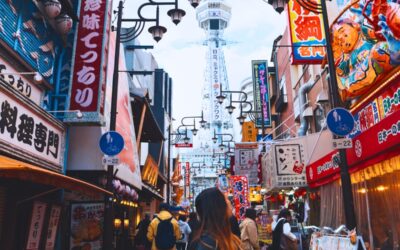Have you ever heard of Kawagoe, a charming city near Tokyo? If you’re considering a visit or even an extended stay in this unique area, you might be wondering about the best things to do, places to visit, and restaurants to try.
Tokyo is filled with well-known areas like Shinjuku, Shibuya, and Harajuku, but there are also many incredible hidden gems just a short trip away. Kawagoe is one such place, offering a local atmosphere and rich cultural experiences. In this Kawagoe area guide, we’ll explore the top activities, dining spots, accommodations, and hidden treasures that make Kawagoe a must-visit destination.
A Quick Primer to Kawagoe
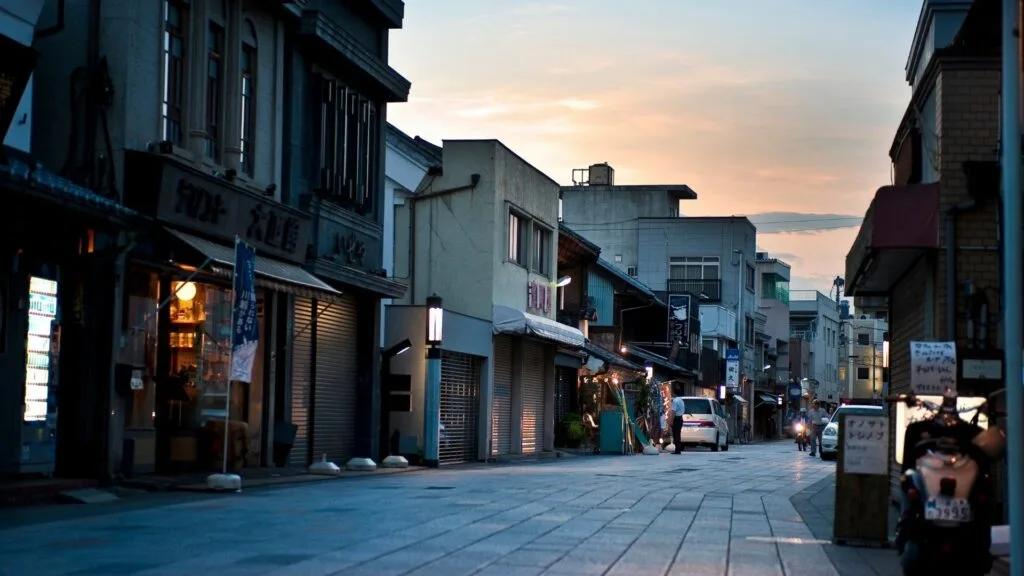
Kawagoe City, located in the southwestern part of Saitama Prefecture, is the third most populous city in the region. Just a 30-minute train ride from central Tokyo, Kawagoe is a historical town famous for its traditional Japanese buildings and rich cultural heritage. Often referred to as “Little Edo” because of its well-preserved old townscape, Kawagoe offers a unique glimpse into Japan’s past.
During the Edo period, Kawagoe served as a defence line in the northern part of Edo (now Tokyo) under Ieyasu Tokugawa. Influential daimyos like Matsudaira Nobutsuna were stationed here, developing the city into a prosperous castle town and merchant hub. Today, the streets of Kawagoe still feature these historic merchant houses, offering a fascinating walk through history.
The Ideal Kawagoe Visit
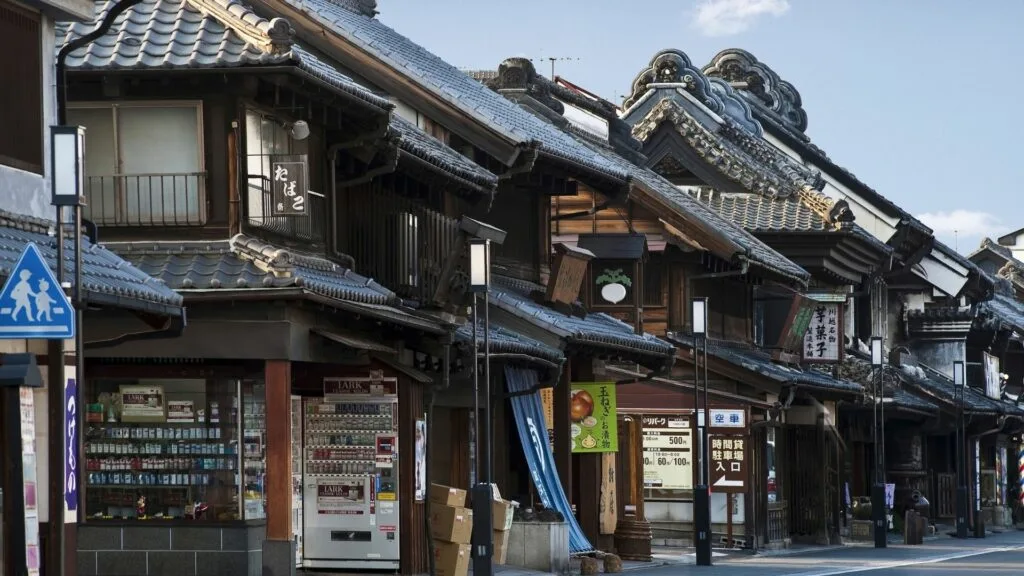
Kawagoe City, located in the southwestern part of Saitama Prefecture, is the third most populous city in the region. Just a 30-minute train ride from central Tokyo, Kawagoe is a historical town famous for its traditional Japanese buildings and rich cultural heritage. Often referred to as “Little Edo” because of its well-preserved old townscape, Kawagoe offers a unique glimpse into Japan’s past.
During the Edo period, Kawagoe served as a defence line in the northern part of Edo (now Tokyo) under Ieyasu Tokugawa. Influential daimyos like Matsudaira Nobutsuna were stationed here, developing the city into a prosperous castle town and merchant hub. Today, the streets of Kawagoe still feature these historic merchant houses, offering a fascinating walk through history.
Best Things to Do in Kawagoe
Kawagoe Kita-in Temple
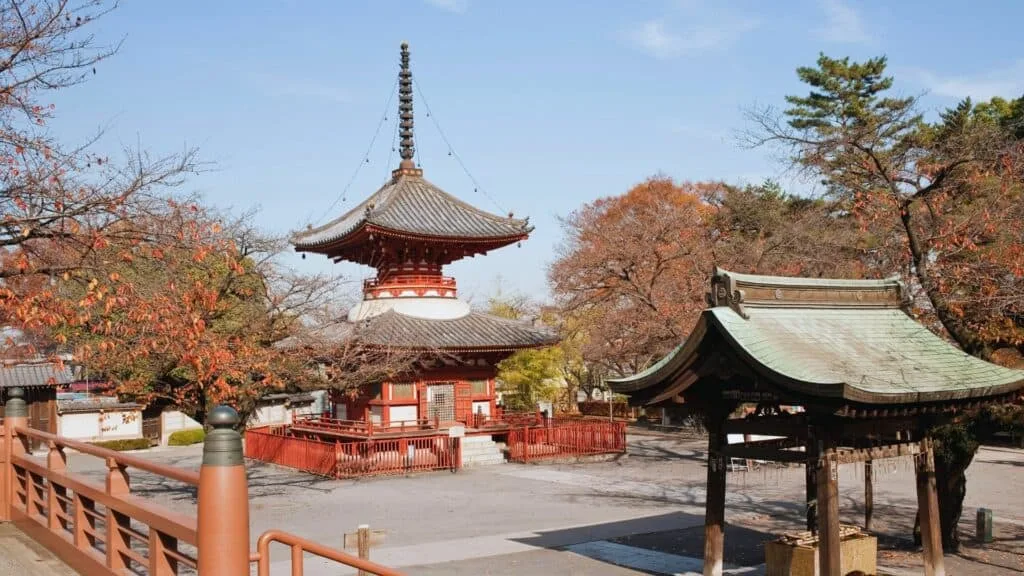
Kawagoe Kita-in Temple, founded in 830 by Emperor Junna, is a must-visit. Despite being burned down during a war in 1202, it was rebuilt and became highly influential. In 1638, parts of Edo Castle were transferred to the temple, including reception rooms and even Iemitsu’s birth room. Some original structures survived the Great Kanto earthquake of 1923.
Find out more about Kawagoe Kita-in Temple here on Google maps.
Kawagoe Kumano Shrine

Kawagoe Kumano shrine is a small shrine of the god of love, health, and luck. A huge number of people come here every year to pray for their wishes and love to come true.
Kawagoe Kumano Shrine is dedicated to the god of love, health, and luck. Visitors often engage in unique activities like the “Footstep Health Road” and coin tossing to pray for various fortunes.
Find out more about Kawagoe Kumano shrine here on Google maps.
Renkeiji Temple
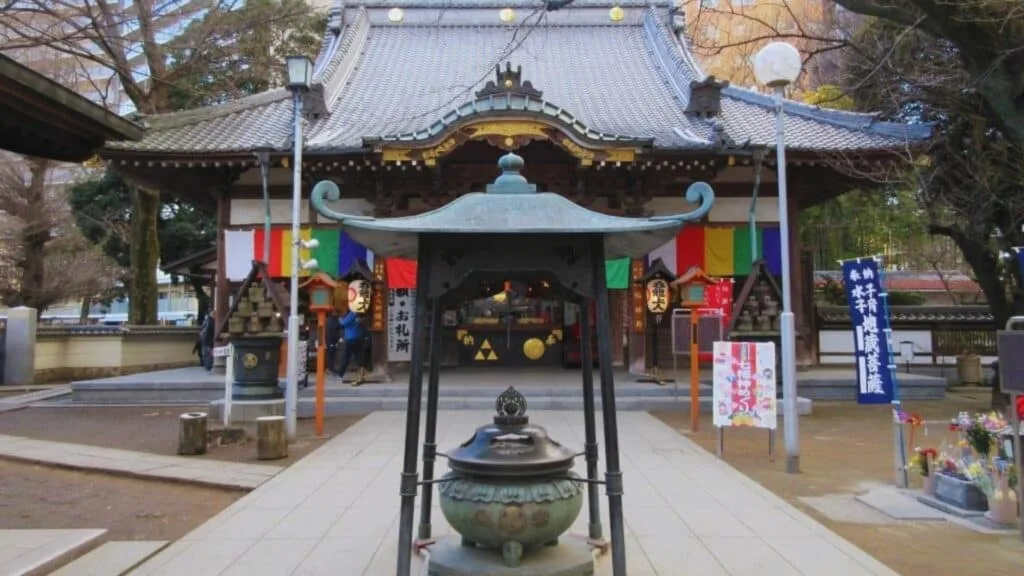
Built by the mother of Kawagoe Castle, Renkeiji Temple became a place of peace for the common people. It achieved high status during the Edo period and features intricate carvings and popular deities believed to cure illnesses.
Find out more about Renkeiji temple here on Google maps.
Toki no Kane
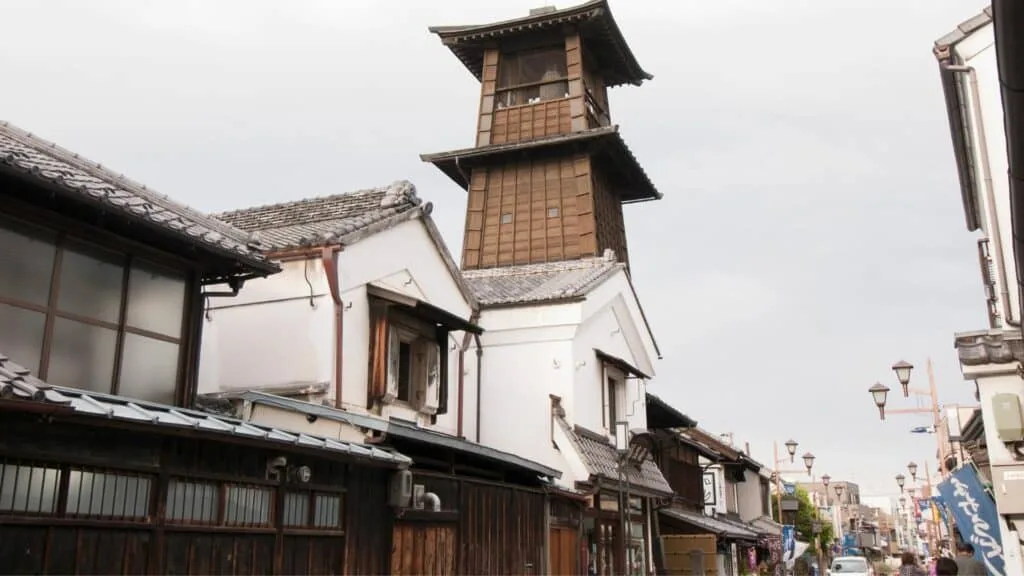
Toki no Kane was first built by Tadakatsu Sakai, the lord of Kawagoe Castle, in Taga Town (now Saiwaicho) between 1627 to 1634. The current bell tower was rebuilt the year after the Kawagoe Great Fire that occurred in 1893. It has a three-layer structure and is about 16 meters high. It is a symbol of Kawagoe that has been telling the time for the local people since the early Edo period when it was founded. Currently, the sound of bells echoes in the streets of Kurazukuri four times a day, at 6:00, 12:00, 15:00, 18:00. In 1996, Toki no Kane was selected as one of the “100 Soundscapes of Japan” sponsored by the Environment Agency.
Find out more about Toki no Kane here on Google maps.
Kawagoe Hikawa Shrine

Hikawa Shrine, built about 1,500 years ago, is revered as the guardian of Kawagoe. The main shrine, constructed in 1842, features elaborate carvings and is an important cultural property.The five deities enshrined at the shrine are the reason why the shrine has been worshipped as a god of marriage and has brought many people together.
Find out more about Kawagoe Hikawa Shrine here on Google maps.
Koedo Kurari

Koedo Kurari, a set of traditional warehouses, offers a glimpse into Kawagoe’s past. It includes a souvenir shop, a restaurant, and a sake tasting area. The warehouses, once part of Kagamiyama Brewery, are now a hub for local products.
Find out more about Koedo Kurari here on Google maps.
Kashiya Yokocho (Candy Alley)
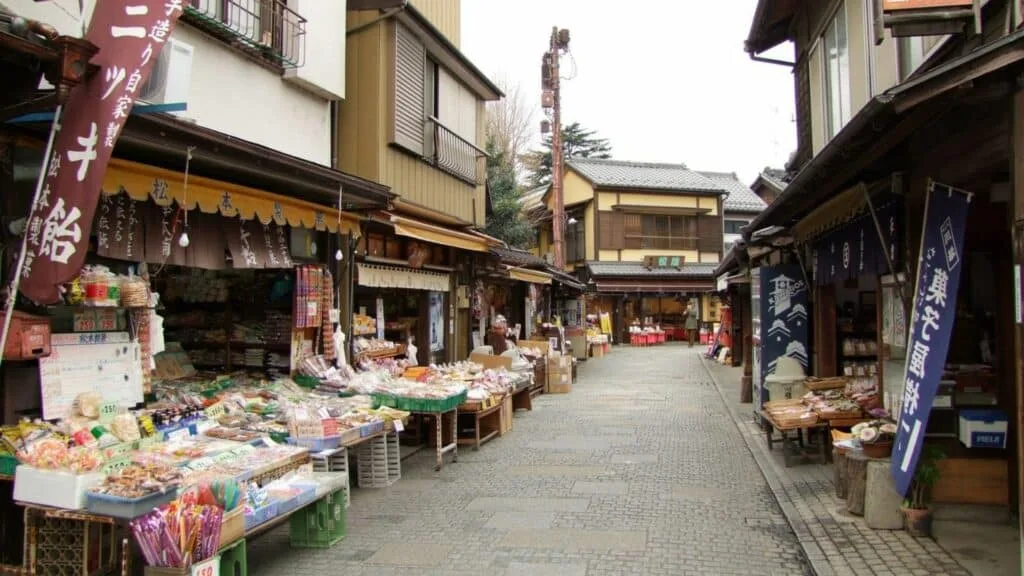
Kashiya Yokocho is a nostalgic shopping street lined with stores selling traditional Japanese sweets. This area has been a confectionery hub since the Meiji era and is a favourite spot for both children and adults.
Find out more about Kashiya Yokocho here on Google maps.
Kawagoe Tsubaki no Kura
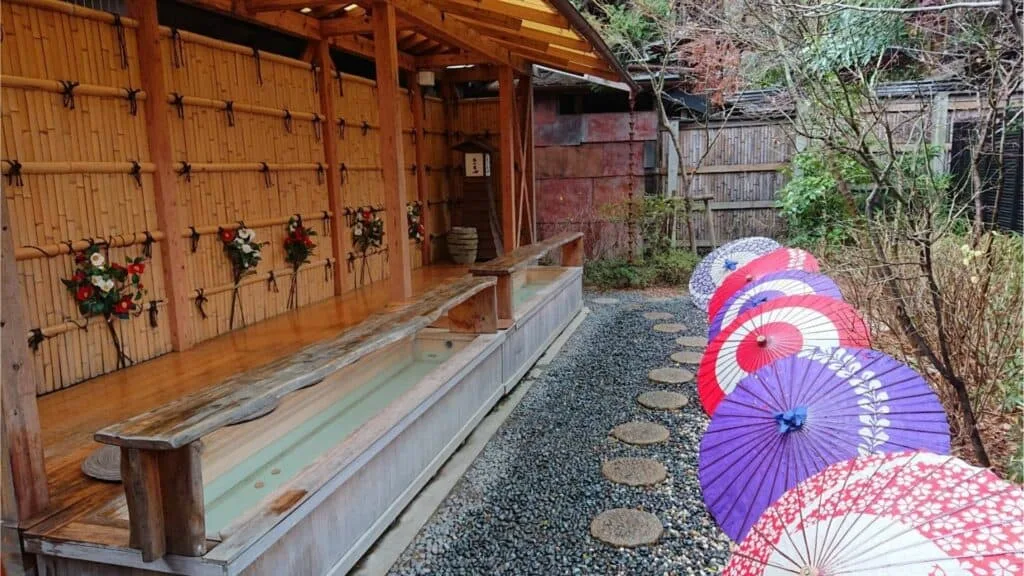
Kawagoe Tsubaki no Kura is a large traditional storehouse selling cultural Japanese goods. It includes various shops and a foot spa tearoom, making it a perfect place to relax after exploring Kawagoe.
Find out more about Kawagoe Tsubaki no Kura here on Google maps.
Vivian Kimono Rental
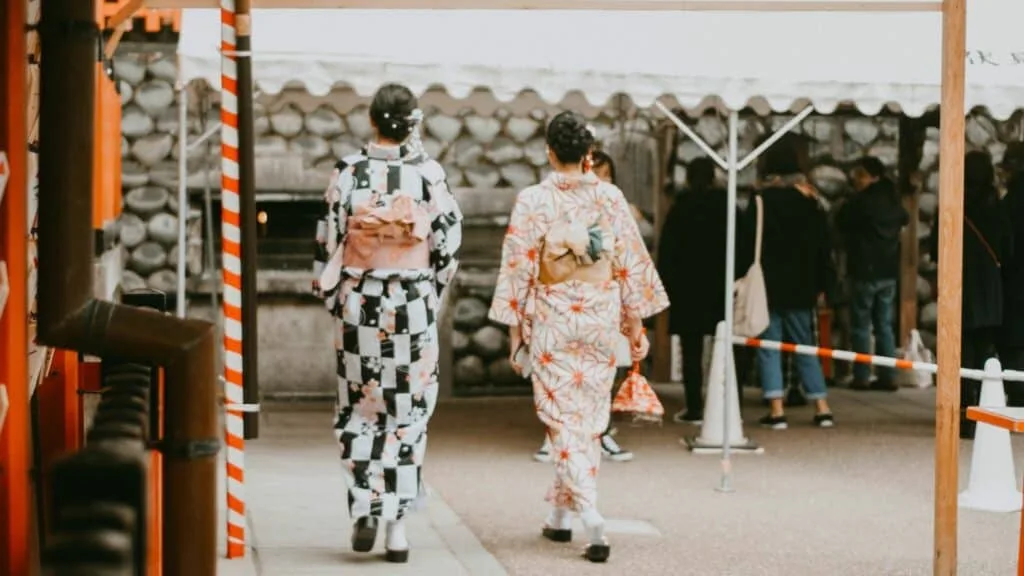
Vivian offers affordable kimono rentals, perfect for experiencing Kawagoe’s historic streets in traditional attire. This shop caters to groups of any size and provides all necessary accessories.
Find out more about Vivian Kimono Rental here on Google maps.
Aoitori Craft Workshop
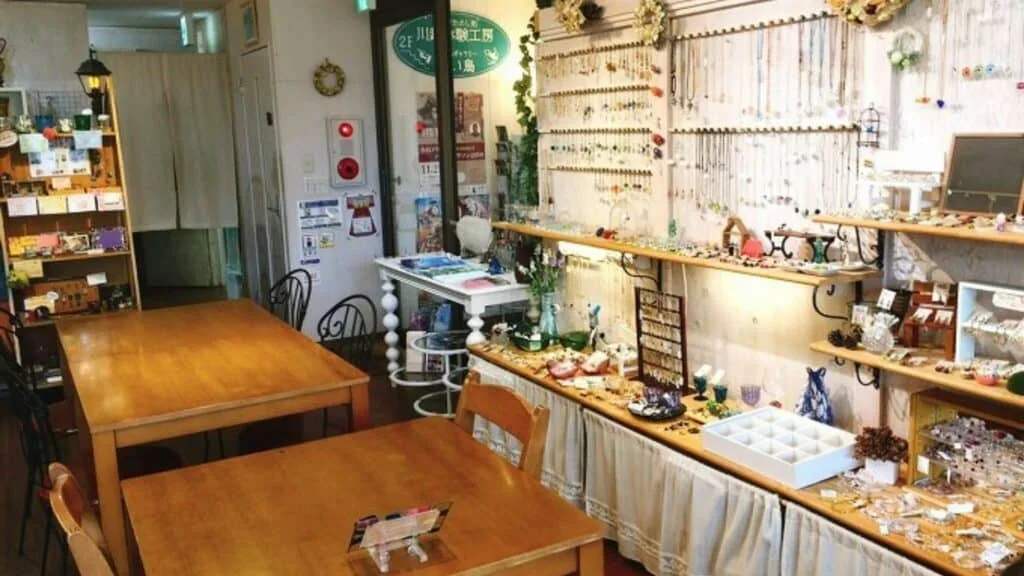
At Aoitori, you can try various craft experiences, such as making accessories with dragonfly balls and stained glass. It’s a great spot to create handmade souvenirs while enjoying the creative process.
Find out more about Aoitori here on Google maps.
Top Restaurants and Cafes in Kawagoe
Ogakiku
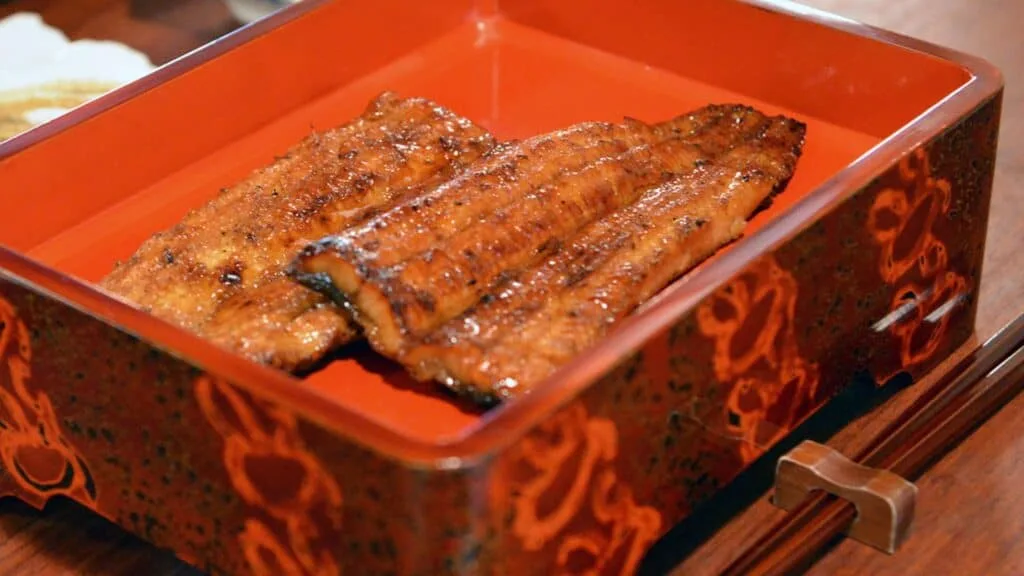
Ogakiku, a famous eel restaurant operating for about 200 years, offers a historic dining experience. The restaurant is renowned for its secret heirloom sauce and traditional Japanese style.
Find out more about Ogakiku here on Google maps.
Unagi Hayashiya

Unagi Hayashiya, known for its carefully prepared eel dishes, operates in a building over 100 years old. The restaurant also offers a popular fried chicken dish, grilled with garlic sansho.
Find out more about Ugani Hayashiya here on Google maps.
Starbucks Kawagoe

This Starbucks in Kawagoe blends seamlessly into the traditional townscape, offering a unique experience with a view of a Japanese garden.
Find out more about Starbucks Kawagoe here on Google maps.
Recommended Accommodations in Kawagoe
Kawagoe Tobu Hotel
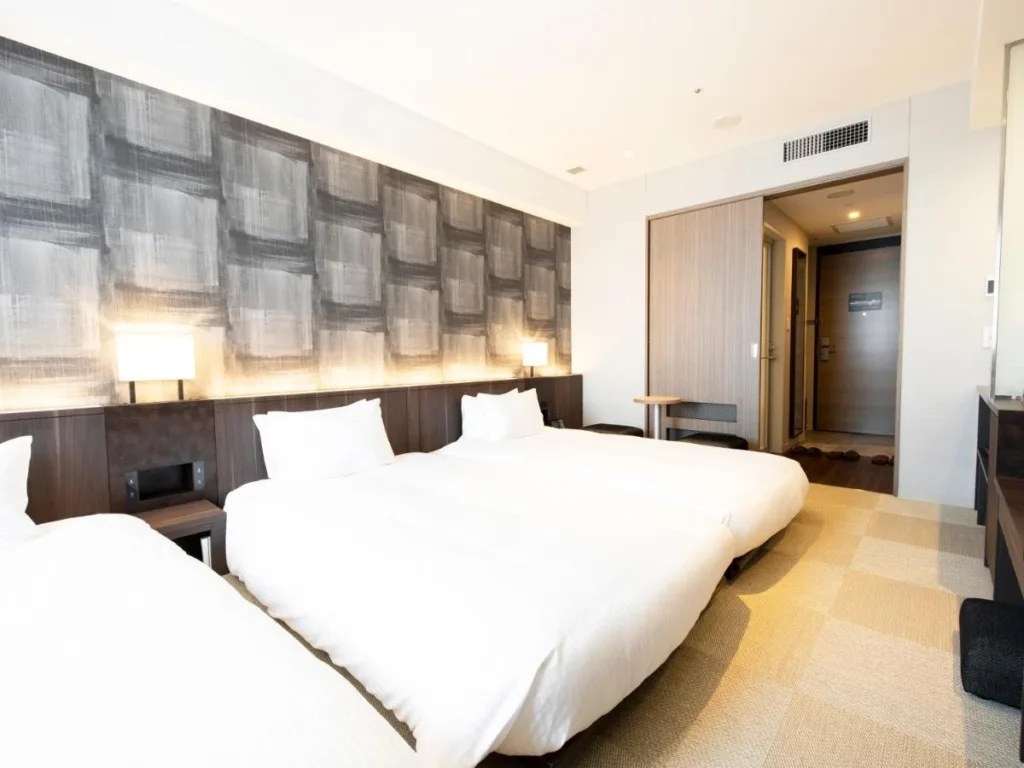
Located close to Candy Alley and Lalaport Fujimi, Kawagoe Tobu Hotel provides comfortable accommodations with modern amenities and a buffet breakfast.
Kawagoe Prince Hotel

Connected to Hon-Kawagoe Train Station, Kawagoe Prince Hotel offers free Wi-Fi, a variety of dining options, and easy access to the historic Kura-no-machi area.
Kawagoe: The Historic Town That Should Be On Your Travel List
Kawagoe is a beautiful city that preserves the charming old townscape reminiscent of Tokyo’s past. With its rich history, vibrant culture, and unique attractions, Kawagoe is a perfect addition to your travel list.
If you’re interested in discovering more underrated areas around Japan, check out all the places we have explored and loved here!







